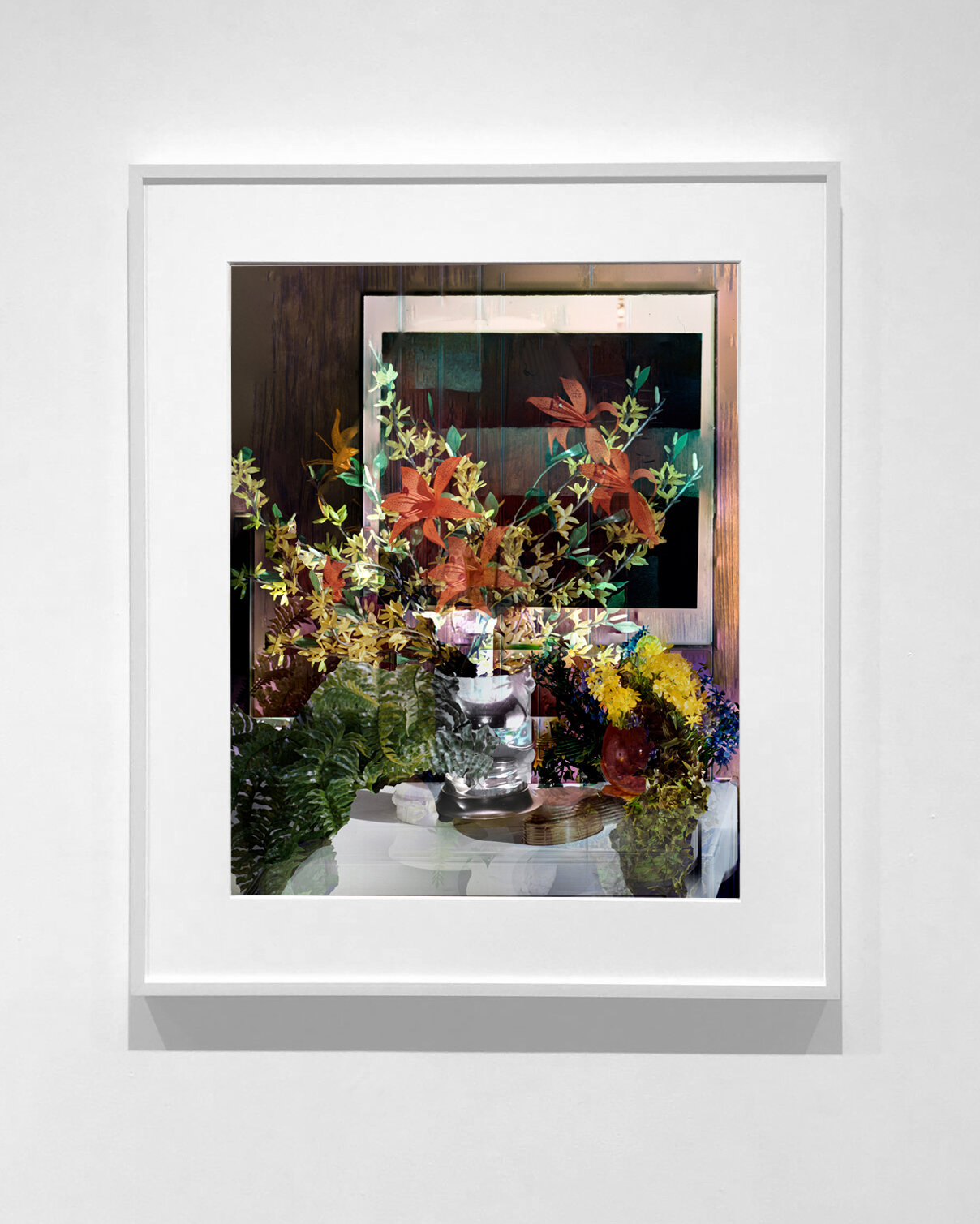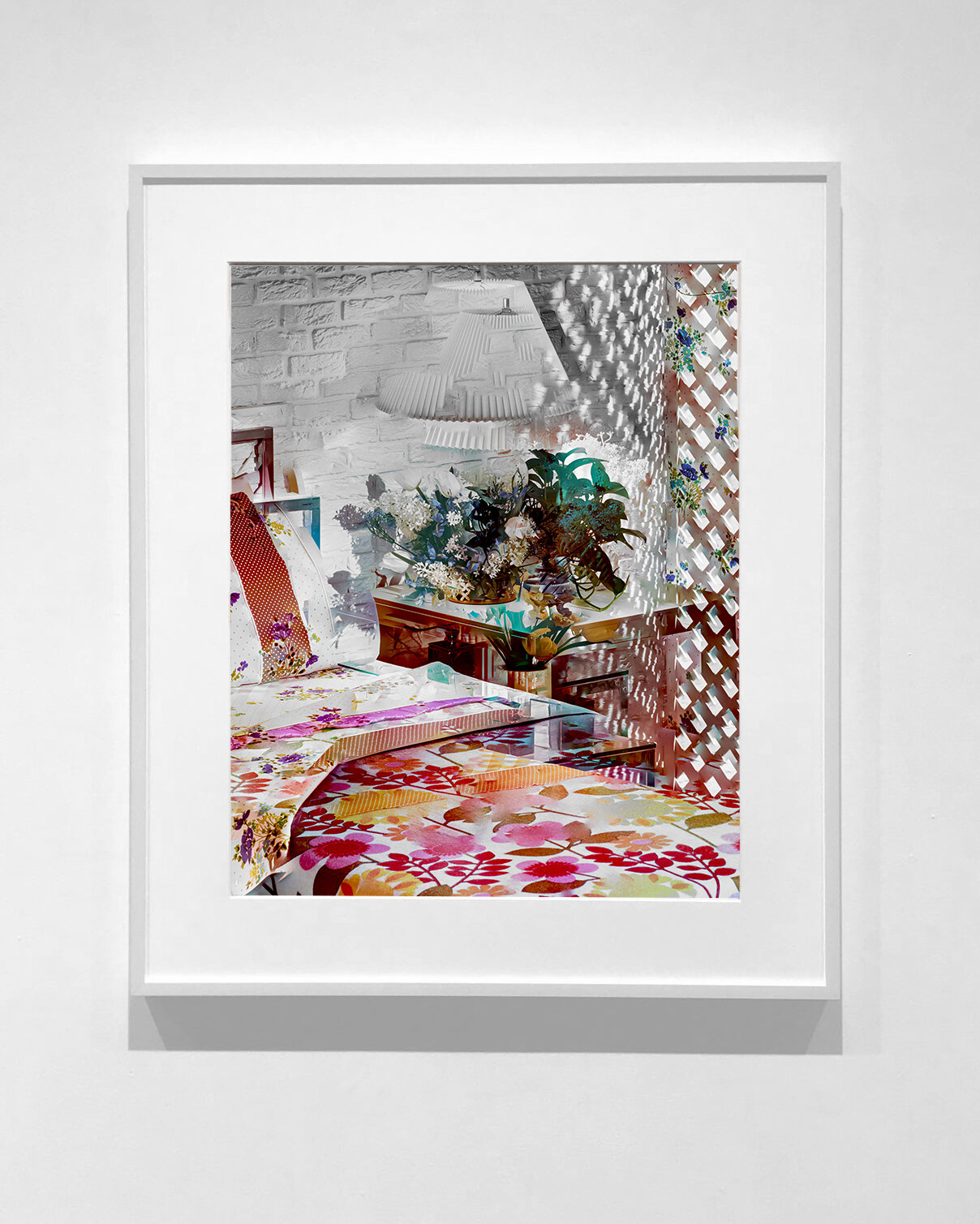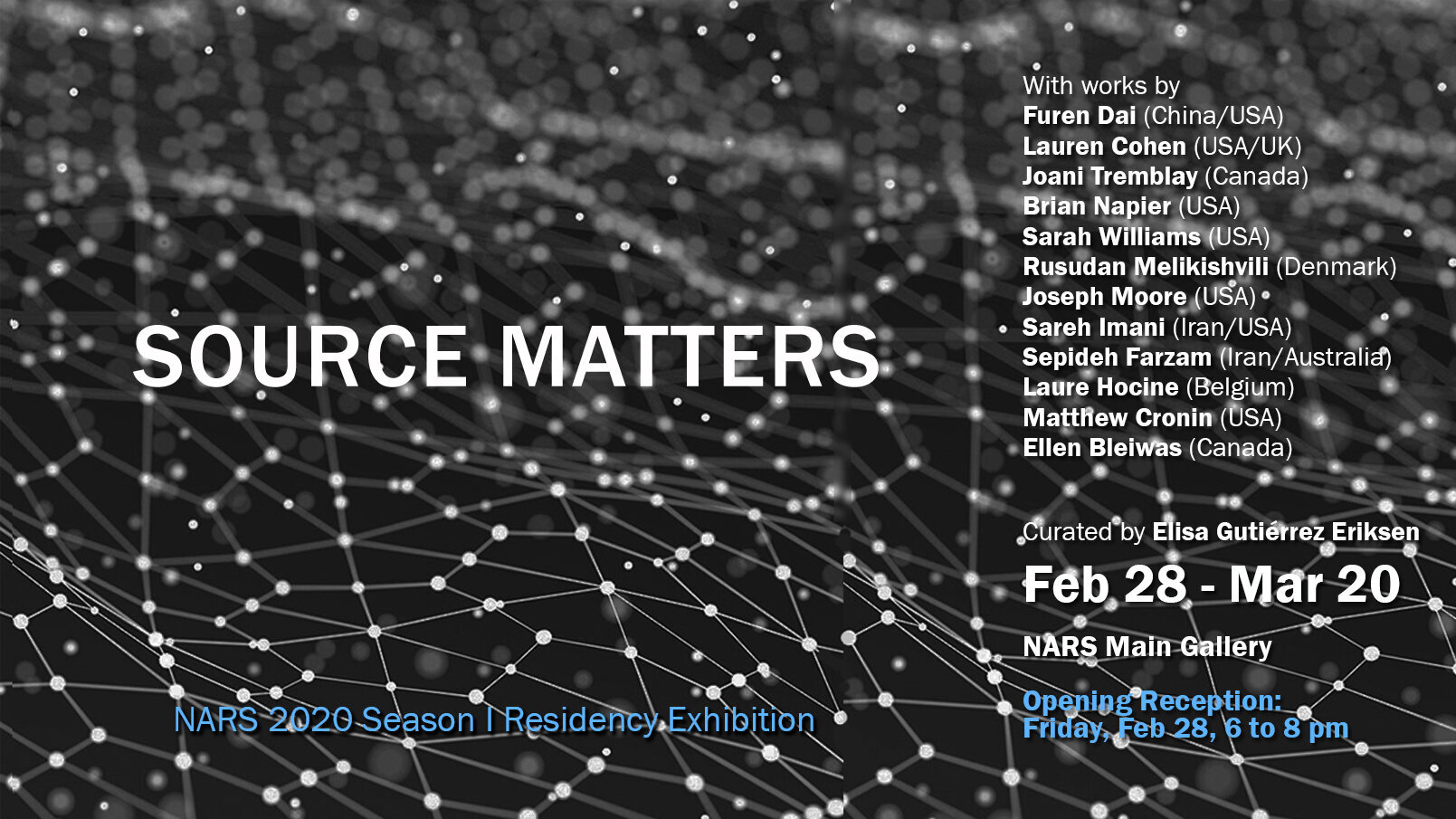Click the link or reach me directly for more information.




Click the link or reach me directly for more information.
Lydian Stater is excited to present TLPS, an exhibition featuring first-ever NFT works from eleven artists: Jeffrey Michael Austin, Marcos Castro, Matthew Cronin, Yi Hsuan Lai, Marta Rodriguez Maleck & Zac Manuel, Cedric Tai, Anika Todd, Catalina Tuca, Victor Yañez-Lazcano, and Alisa Yang.
In 1637, somewhere in the dimly lit backrooms of wine bars in the Netherlands, merchants took part in a risky game. One in which bets were placed on the future price of a recently introduced flower, the tulip. Contracts changed hands so frequently that prices were completely divorced from the tulip’s inherent value. Inevitably, traders began to refuse to pay the exorbitant prices, causing a cascade of defaulted agreements as the price of tulip contracts crashed in what became the first recorded financial bubble.
The recent rise in the speculative trading of NFT artworks mirrors many qualities of the tulip bubble from the Dutch Golden Age. Excess wealth, status, greed, and—some experts argue—a fatalistic risk-taking culture in the wake of the bubonic plague, were all factors in a wild rise in tulip speculation. Financial speculation permeates the art world, but what was once limited to auction houses, art fairs, and blue chip galleries, now extends into the NFT marketplace.
The artists participating in TLPS are speculating in a different way. Together, their work theorizes that there is room for thoughtful and self-reflexive work in the NFT marketplace, work that relies on nuance, narrative, complexities, and critique rather than social media statistics and prior sales figures. The artist-led speculation takes on the form of video, painting, photography, performance, and sculpture. The work collectively explores themes related to identity: cultural, technological, and emotional, and how identity is intertwined with ownership, labor, and representation.
There is an obvious worry that a blockchain-driven digital world will continue to perpetuate the inequalities already dominating the current art world and economic system. Because of this, artists need early opportunities to engage with this space, to experiment, and to take control of it, as it is possible that much of our economic and social activity will take place here in the future.
While the NFT space could easily be written off as just a new digital playground for the crypto-wealthy, the novelty of NFTs and the unregulated nature of blockchain ecosystems creates a radical prospect for artists: financial and artistic autonomy. TLPS hopes to offer an example of what that autonomous vision might look like.
TLPS will be viewable online at www.lydianstater.co from June 3 to July 9, 2021.
*This exhibition acknowledges the ecological impact on the environment and the economic barriers inherent in many popular blockchain technologies. Because of this concern, all artworks minted for this exhibition have been created on the Tezos blockchain, which consumes 99% less electricity than the most popular blockchain for NFTs, and offers one of the lowest costs of entry into the NFT marketplace.

Revelations II features photographs by:
Kael Alford
Todd Bertolaet
Jane Rule Burdine
Debbie Fleming Cafferty
William Christenberry
Marti Corn
Matthew Cronin
Jim Dow
Matt Eich
Birney Imes
Dorothea Lange
Eddie Lanieri
Clarence John Laughlin
Alex Leme
Louviere + Vanessa
Ken Murphy
Josephine Sacabo
Magdalena Solé
Frank Stewart
Bruce Taylor
Warren Thompson
Bradly Dever Treadaway
Bruce West
Marion Post Wolcott
Revelations II: Recent Photography Acquisitions presents a sweeping survey of documentary and fine-art photographic traditions practiced in the American South from the early 20th century to the present. Acquired by the Ogden Museum of Southern Art over the past decade, these photographs represent diverse perspectives and experiments within the medium, and reflect the depth and complexity of the region.
Revelations II highlights an array of photographic processes and techniques made by twenty-five photographers working within the traditional art genres of landscape, portraiture and still-life. In recent years, emerging and underrepresented photographers have been a focus of the Museum’s photography exhibitions, programming and acquisitions. These emerging voices join established masters within the Ogden’s collection to illustrate the rich tradition of photography in the South.
Since Roger Ogden’s original donation of over 600 works of art in 2003, the Museum’s permanent collection of paintings, drawings, prints, sculpture and photographs has grown to more than 4,000 works – all acquired through the generosity of artists, patrons and collectors. Today, Ogden Museum’s permanent collection of more than 1,500 photographs represents one of the most important and comprehensive collections of photography made in the American South.
Richard McCabe
Curator of Photography
Ogden Museum of Southern Art

Reflecting on the tension that social crisis creates on the world, these artists set forth bodies of work that are introspective on themselves, their own history, and the still lives that perpetually continue with the pendulum of time.
Often working in solitude, the artist in their studio is but a romantic notion that in reality embraces the cacophony of the outside. Noise imprints that are visually studied and balanced with lines, textile, and sculpture. The works presented here embrace a quality of stillness, a hush. That breaks down the noise. In a spectrum of mediums, noises are observed, they sit still, opaque and quiet. There are traces of time –past, present, future or reminders of a physical space where silence is louder than sounds.
Curated by Eva Mayhabal Davis
With works by Gabriel Bielawski, Matthew Cronin, Traci Hercher, Andrew Yong Hoon Lee, Habby Osk, Whitney Ramage and Daniela Stubbs-Levi
Make an appointment to visit the exhibition
NARS Foundation is excited to present To Assemble, an exhibition featuring the works of our Season III, 2020 Artists in Residence, Amir Hariri, Joseph Wilcox and Matthew Cronin.
This Residency Season has been one in which we are relearning how to be with each other in the same space, in part due to a global pandemic that to this day is still a threat, and in part from the political and social panorama that has taken many people to the street to demand the end of systemic racism, police brutality and overexertion of power.
Inside and outside, we’re re-thinking the ways in which we can reconfigure structures that have been in place for too long, and to learn new ways to share, take, and make space to assemble.
Wilcox, Hariri and Cronin have backgrounds in strict disciplines -photography, engineering/ architecture- yet they have stepped away from them and adopted a more disruptive/alternative approach in their work.
Through the recollection of images and materials -from catalogs, construction sites, internet or real life events like protests- they have brought to the gallery a vision of a world that is constantly being dematerialized, and have each pieced it together with particular approaches.
Each work threads a series of unseen structures arising from ideas related to the ways in which images are created, distributed and presented; the ways in which we experience space; and the ways to reconfigure and reveal the layers of an industrial apparatus that remains unknown.
They converge from very different directions, all containing the tensions of erasure, destruction and transformation, to reveal what’s been concealed and then piece things together.
By looking at structures they recollect information and ideas that take shape and reflect on the current events, and more importantly, the ways in which we take in data, and the way it transforms us.

See the exhibition and read the interview here.
An online exhibition by student scholar Ema Furusho, focusing on artist Matthew Cronin
There is something wrong in this house. There are warm saturated patterns and homely light, but the reflections in mirrors lead to different spaces, objects bleed into one another, and light streams in from an unknown outside. It is as if the room is rejecting itself from within, poisoned by some underlying source. In Dwelling, Matthew Cronin uses inconsistency of space as a constant thread. The contorted objects in these constructed rooms simultaneously entice and repel the viewer, disrupting the comfort of what appears at first to be a comfortable domestic space.
Cronin constructs the photographs from transparencies produced for JCPenny catalogues from the 70’s that he came across in the summer of his final year at the University of Texas’s MFA program. During this time, he was considering how to make photographs without using a camera and pivoting to a process of constructing photographs rather than finding them. Cronin uses the transparencies as source material, montaging them through processes of multiple exposures and digital manipulation. Often, the transparency’s discoloration from age appears directly in the final image, creating the sickly saturated hues of the patterns and furniture. Through this collage process, Cronin reconsiders the ideologies being sold via the objects, drawing out the particularity and exclusivity of class, taste, and aspirations that they put forth, drawing inspiration from his own upbringing in a working-class family.
Some of the most prominent inconsistencies throughout the project are light and outside space. There always seems to be light streaming in from outside, casting shapes across the interior with familiar warmth. In Dwelling 05, light filters through a garden fence-like structure, posing as a bedroom wall. The domestic setting is inverted. Despite the firmness of the meticulously made bed, the room begins to feel porous, there is a lack of structural integrity to the image. As the object and materials collapse, the reliability of the presented lifestyle is questioned.
When we are finally shown a window to the outside, in Dwelling 03, it is a stubbornly flat composited image that peers back at us from between the window panes. Playful misalignment of space creates a distinctive and unsettling experience.
Cronin’s manipulated interiors reflect the particularity of the American middle-class aspirations being sold through the interior decor catalogue. Through the contortion of time and space, it is presented as a beautiful yet unreliable fever dream.

In his recent series, Dwelling, Matthew Cronin scans and warps 1970s JC Penny catalog photographs to create a sense of uneasiness on the construction of domestic scenes.
In 2018, Matthew Cronin came across an archive of large-format 1970s JC Penny catalog transparencies. Like much commercial photography then and now, these slick, elaborately lit commercial interior shots created a stylized illusion of domesticity to sell beds, sofas, and other household items.
Drawn to their peculiar, dated fantasies, Cronin scans, layers and subtly manipulates each image to subvert their narratives. Fake shadows appear where they shouldn’t and don’t where they should. Patterns mysteriously bleed from the fabric into other surfaces and formerly “inviting” interiors now hover in purgatory - somewhere between comfort and terror. Digital specters are clear and constant reminders that we are seeing their strings.
Having spent time with his work when I selected it for PhotNola’s “Currents” exhibition at the Odgen Museum of Southern Art last December, I reached out to Cronin to learn more about the artist and his work.
Read the full interview here

NARS is pleased to present ‘Source Matters’, an exhibition featuring the works of our 2020 Season I artists-in-residence.
Source plays an important role in the work of these artists. Whether it be images extracted from old catalogs, borrowed medical methodologies, over-viewed and mediatized images in postcards, natural derived materials, data, taxidermied species, uncomfortable moments in American history, feelings of discomfort, the US national census, online cameras in the world, or future memories —all revolve around narratives, constructions and gestures that describe the importance of finding different ways to perceive, read, and interpret.
The way we interpret a source can determine a path, transcend time, reveal other narratives and very possibly, enter us into an endless loop —a constant search for the source, for what matters.